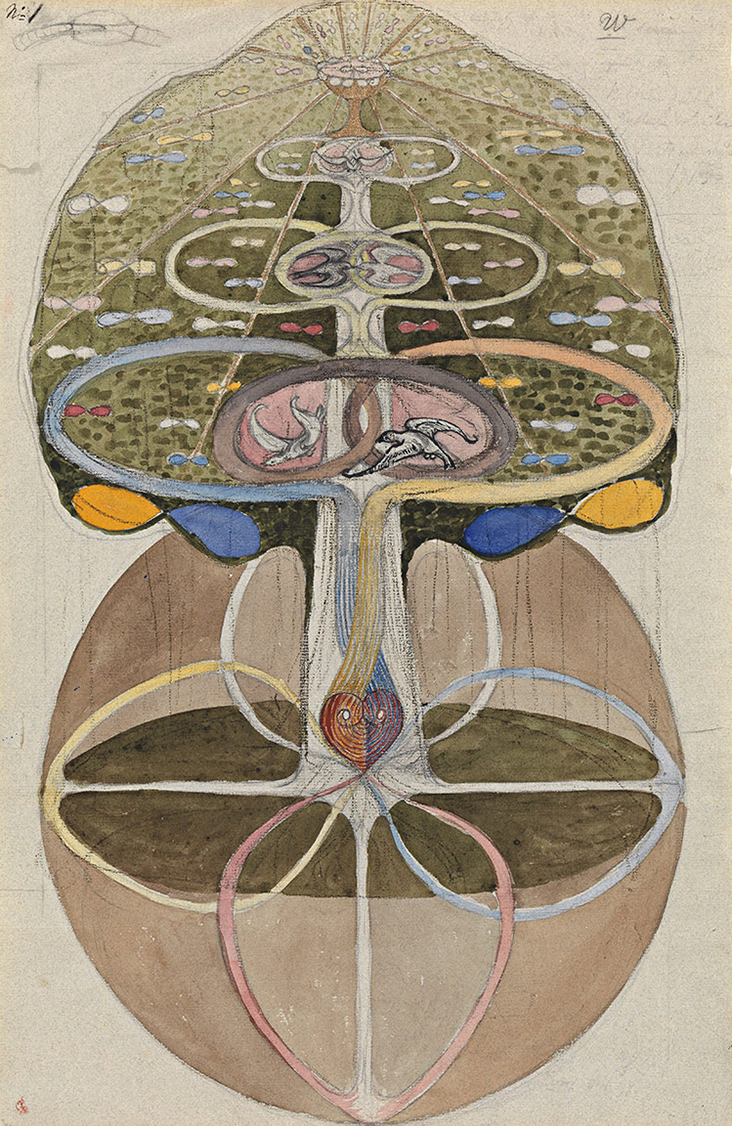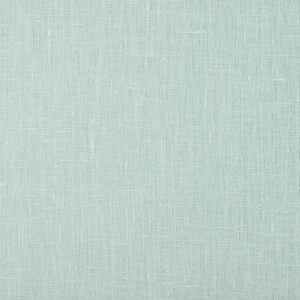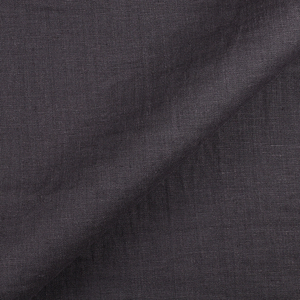FS Colour Series: WISTFUL MAUVE Inspired by Hilma af Klint’s Dreamy Pastels
Dusty, dreamy shades of lilac like WISTFUL MAUVE appeared time and again in the art of pioneering abstractionist Hilma af Klint, representing otherworldly, spiritual states of mind. A medium, theosophist and artist of the early 20th century, Af Klint is now widely recognised as one of the very first abstract artists. Throughout her long career, she produced an impressive volume of ground-breaking abstract artworks, that conveyed metaphysical realms with flowing organic shapes and luminescent passages of colour. Af Klint made these paintings a good decade before her male contemporaries such as Wassily Kandinsky and Kazimir Malevich, but hers was a private world she kept secret, for fear of ridicule, and it is only in recent decades that she is receiving her due.
Af Klint was born in Stockholm in 1862. Ambitious and creative from a young age, she studied as an artist at Stockholm’s Royal Academy of Fine Arts, predominantly painting portraits and landscapes, and thereafter set about establishing herself as an independent commercial artist in the city. Like many of her contemporaries, Af Klint was fascinated by the rising interest in spiritualism, and the quest to communicate with loved ones in the afterlife through seances.
In 1896, Af Klint and four fellow female artists established an underground group which they called ‘Friday Club’ or ‘The Five.’ Together they would meet in secret on a Friday, to hold seances, Bible study sessions, meditations and more. They also carried out automatic writing and drawing activities which they believed were being communicated to them through the spirit world. Hilma and her friends believed they had made contact with spiritual beings during these activities – they called them ‘The High Masters.’
In 1906, Af Klint experiences something close to an epiphany, when she claimed a spirit she named Amaliel asked her to paint a series of artworks which great spiritual significance, titled ‘Paintings for the Temple.’ She wrote in her diary, “Amaliel offered me a job, and I accepted immediately.” Sceptics have questioned the validity of these claims, but there’s no denying that this period of awakening was deeply significant for Af Klint, leading her to produce an extensive body of work. From 1906 to 1908 Af Klint made a series of more than 111 drawings and paintings, many of them on a vast scale.
The language Af Klint painted with was visually rich, sometimes featuring geometric shapes and concentric circles, other times with loose flowing lines resembling organic matter, or hand-drawn letters. Her wide patina of colours came straight from the artist’s imagination, arranged in unexpected juxtapositions, and was often loaded with private symbolism. The series ‘The Ten Largest’ is one of Af Klint’s most celebrated from her early career, demonstrating the visually arresting power of her art. Each painting represented a different phase of life, from youth to adulthood and old age. In Group IV, The Ten Largest, No. 2, Childhood, 1907, Af Klint paints a series of celestial, circular shapes floating on a sky blue backdrop. In the top left, Af Klint pays particular attention to one circle, adorning it with floral patterns and painting it in a dreamy shade of pale purple, as if symbolizing the great blossoming of youth.
Af Klint took a brief break from painting between 1908 and 1912 in order to care for her elderly mother. When she did return to making, she resumed the ‘Paintings for the Temple’ series, continuing to work on it until 1915. In The Tree of Knowledge, 1913, Klint makes reference to the Biblical theme at the beginning of the world. This ornate and highly detailed drawing has a quasi-scientific quality, resembling a study of three-dimensional botanical matter, but Af Klint merges any hints of realism with curling abstract patterns in an Art Nouveau style. Her colours in this watercolour on paper are softer and more muted, but Af Klint brings vivid touches of mauve into the image’s central motif, which seems to pulse with life as if sustaining the growing forms around it. In the later painting Group X, No. 2, 1915 Af Klint paints with the same warm pastel shade, this time using it to conjure up a dreamy, wistful vision of heaven in the sky above, while a shimmering staircase adorned with gold points us back towards the earth below.




















































One Comment
Vicki Lang
What wonderful art work. The colors are so peaceful and the objects make you want to go deeper into the subjects. Thank you for bringing it to your post.